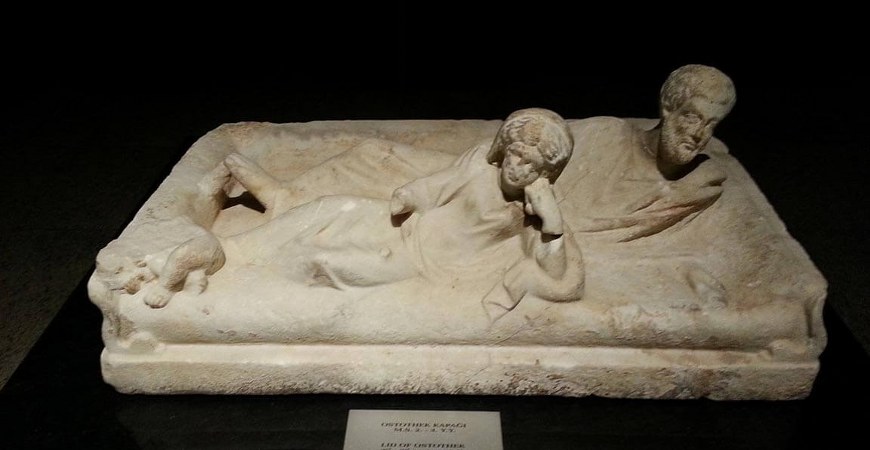Bitlis Ahlat Open Air Museum and Burdur Museum in Turkey,
BITLIS AHLAT OPEN AIR MUSEUM
The Old Graveyard in Ahlat, which is in the province of Bitlis on the northwest shore of Lake Van in eastern Anatolia, has been turned into the open Air Museum. A new museum building was built in a corner of the graveyard and opened in 1971. The Old Graveyard, which provides the setting for architectural works of the Seljuk period found in Ahlat, in particular, the tombs called domes, of Ustad Sakirt, HasanPadishah, Sirin Hatun, Ergen Hatun, Bayin-dir, and Hasan Timur, and attractive examples of Seljuk period stone masonry, is really a museum of art, The Open Air Museum was established after excavations in the graveyard uncovered several underground tombs, and gravestones were found. These huge gravestones, each an artistic masterpiece of the Turkish art of design and inscription, ornament a large area. The single storied museum building constructed in a corner of the graveyard was opened in 1971 and displays works and handicraft from the Turkish-Islamic period. In the first room of Ahlat Museum are waistbands, napkins, towels, robes, women’s costumes with embroidered motifs, sandals, and socks. In the second there are manuscripts, gilded copies of the Koran and inscriptions, kitchen utensils, rose water bottles and incense holders, cups, and holders, writing and coffee sets and tiles. Take a look at our Turkey tour packages.
BURDUR MUSEUM
Burdur Museum was first established as a store in a section of the library of Bulgurlu Medrese, one of the architectural works of the Ottoman period, in 1963. Between 1966 and 1968 the two sides of this library were converted into two museum rooms, filled with works found in the region of Burdur, and opened in 1969. Some of the works are exhibited in the museum garden. The first room is reserved for sculpture brought from Kremna and other ancient centers in the region of Burdur. Among the most conspicuous of the statues, are those of Athene, Aphrodite, Hygieia, Heracles, Dionysus, Aesculapius, and an Ilbecik Apollo made of bronze, from the Roman period. The second room contains ceramic works. In the show cases are exhibited dishes and figurines from the Neolithic Age found in Hacilar, stone axes, idols, discs and bone objects from the Chalcolithic Age, earthenware pieces and ceramics from the Phrygian period, small pitchers and vases of the Lekytos and Aryballos types from the Hellenistic period. marble perfume bottles, earthenware figurines. tear and perfume bottles, lamps, bowls, iron mirrors and dishes, gold, silver and bronze ornaments, ring stones, and necklaces from the Roman period, ceramic and metal lamps from the Byzantine period, coins from various cities and regions, and Phoenician glass objects. The museum garden has been arranged as an open-air exhibition area, mostly containing masonry from the Roman period. There are statues of Heracles and Aesculapius, Cybele bas-reliefs, sarcophagi, and inscribed and carved graves steles. The stores of the museum contain a lot of ethnographic objects.



































































































































